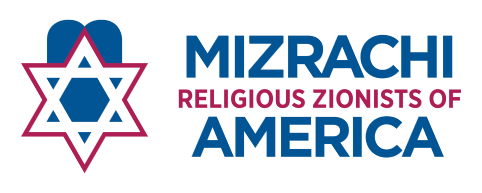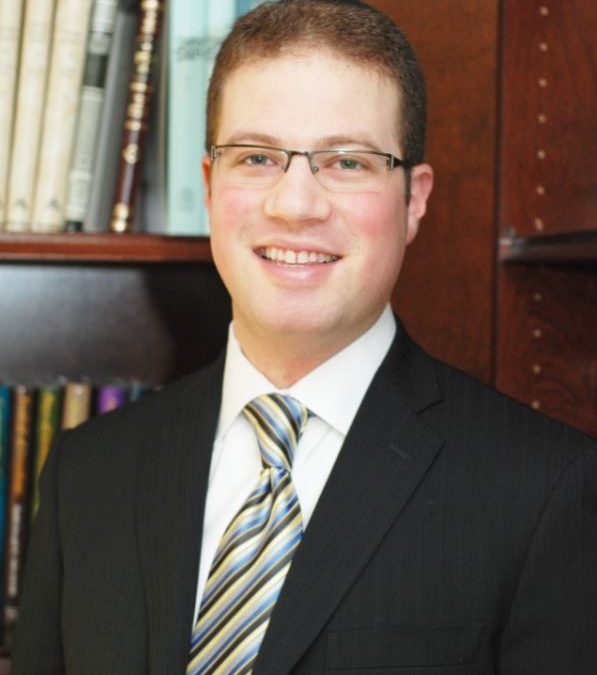Rabbi Weinberg is the rabbi of Kemp Mill Synagogue in Silver Spring, MD.
One of the vessels of the Mishkan left out of Parshat Teruma is the Kiyor, the copper washbasin used to pour water over the hands and feet of the Kohanim prior to the performance of their service in the Mishkan. It is only in Parshat Ki Tissa that we discover the command that Hashem gives to fashion the Kiyor.
Why is the Kiyor singled out from other vessels?
The Seforno (R. Ovadiah Seforno, 16th century Italy) notes that the Kiyor appears separately from the rest of the vessels of the Mishkan because it serves a very different function.
The other vessels serve integral roles as part of the mandated service and help invest the Mishkan with the spirit of the Divine. By contrast, the Kiyor serves no function in the actual service in the Mishkan, but is used only to prepare the Kohanim. It is a vessel of “hachana,” preparation, and of “hechsher mitzvah,” preparation for the mitzvah, rather than a vessel of mitzvah itself.
One might conclude that its status as a preparatory vessel is indicative of its inferior status. On the other hand, one could also consider the preparatory stage to be the essence of the service itself for it defines all that comes afterwards. Preparation for life, for events, for encounters, and especially for the encounter with Hashem is integral to its success.
There is halachic evidence of just how defining the Kiyor’s preparation might be. The Minchat Chinuch (R. Yosef Babad, 19th century Ukraine) (Mitzvah 106) says that the Kohen who fails to wash prior to the service is like a Kohen Mechusar Begadim, like a Kohen not wearing the designated priestly clothing, and would invalidate whatever service he performs.
How exactly is the Kiyor meant to affect the service or the Kohanim performing it?
In this week’s parsha of Vayakhel-Pekudei we are told that the material used for the fashioning of the Kiyor was not collected from the normal donations of Parshat Teruma but from the mirrors that the women donated at the entryway of the Mishkan. While there is much significance to the origins of these mirrors, as Rashi notes, what interests me in this context is their physical properties.
The Kli Yakar (R. Shlomo Ephraim Luntschitz, Prague 17th Century) notes that what was unique about these mirrors was their reflective properties; the same reflective properties as the water inside the Kiyor itself. Although the Kli Yakar explains the symbolism of the reflective properties of the Kiyor in terms of the its usage for the Sotah, I would like to suggest that those reflective properties come to define the symbolism of the Kiyor and its role in preparing the Kohanim for the service each day.
The Kiyor and its waters are not just meant to wash away dirt and impurity so that the Kohanim could perform the service in the most respectful and holy fashion, but they are perhaps meant to prepare the Kohanim emotionally and spiritually as well. The Kohanim are forced to see their reflection in the mirrored copper of the Kiyor and in its waters every time they enter the Mishkan. They are meant to take a good look at themselves and reflect upon their spiritual state, their kavana, their desire to be emissaries of the Jewish people, and their preparedness to face the presence of Hashem. Self-reflection and preparedness are the necessary steps to be able to capture and absorb holiness.
We experience holiness daily through Tefilla and Talmud Torah, but also through the existence of the State of Israel. Moments of self-reflection are critical for us to ensure that we approach the holiness of that special place with the appropriate awe. As we physically visit Israel or even just engage with Israel through study and Jewish text, through interest in the news, through chesed, organizational work, or fundraising, we must stop to think about just how wondrous it is. We must look within ourselves to examine whether we have the requisite gratitude to Hashem, to the founders, and to the soldiers and citizens of Israel for the most unbelievable miracle that has occurred to our people in thousands of years. We must pause for a moment every day to recognize the enormity of our responsibility in ensuring the thriving success of our homeland and of our ability to truly apprehend its holiness.

